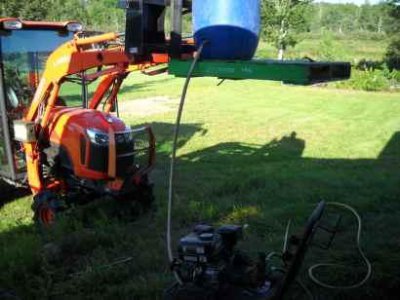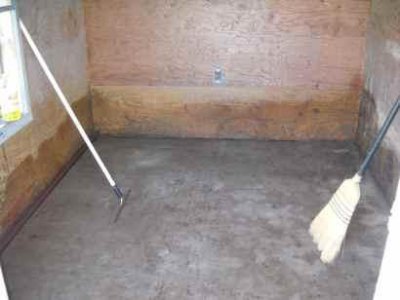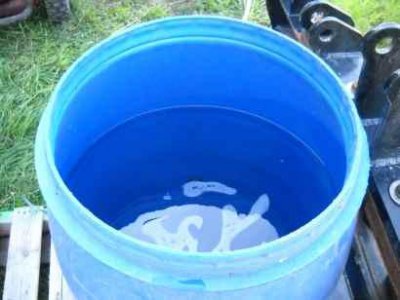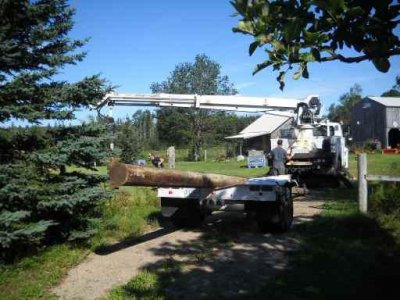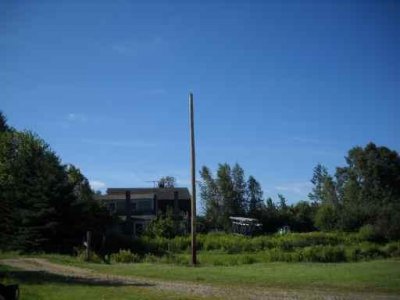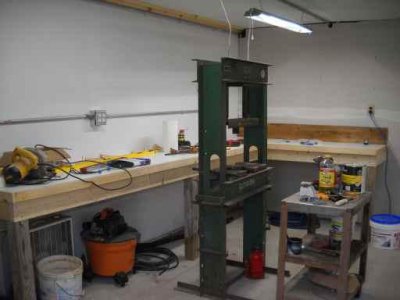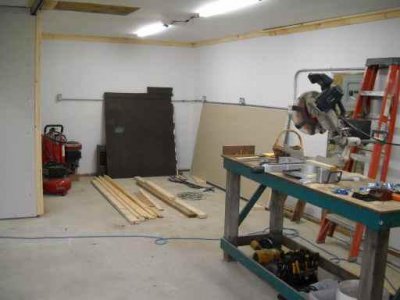- Joined
- Dec 5, 2017
- Messages
- 464
As posted in the "Questions" forum, I've embarked on a project to turn a 20x24 shed into a heated shop.
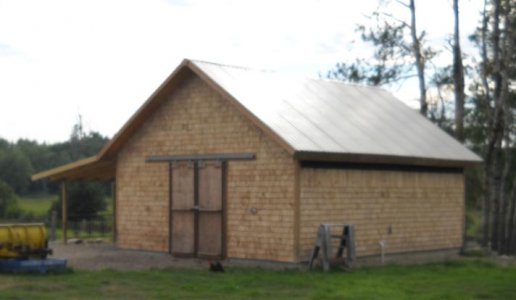
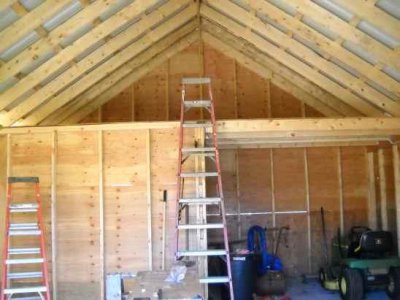
I built this ca. 2010 as a combination tool shed and chicken coop. The 8x10 area partitioned off on the left side is the coop.
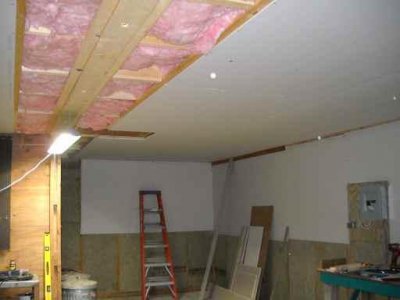
I insulated the daylights out of it. 1" blue foamboard between the rafters both for insulation and to direct any condensation out to the eave vents, hung 2x6 ceiling joists with R19 between them, rock wool (R15?) between the wall studs and 1/2" sheet rock over everything. I replaced the sliding barn-style doors with a double entry door. Don't have a picture of that. Do still have heart palpitations when I look at the bill for it!
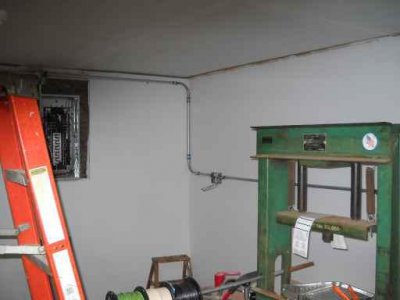
My electrician installed a 100 amp service entrance and I ran 20 amp circuits around 3 walls with a double duplex about every 6 feet. I have breakers installed for a 50 amp 220 circuit for the welders and a 30 amp 220 circuit for the air compressor. At the moment, I'm waiting on the utility folks to hook me up.
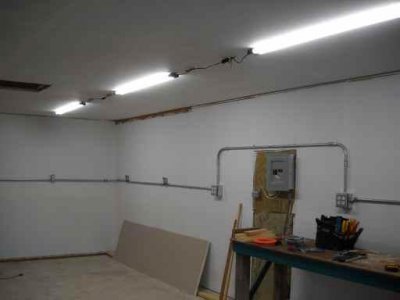
I decided to go with daisy-chained LED shop lights. Need to order a couple more to finish up.
The air compressor, hot air furnace and oil tank will go in the "chicken coop" once the birds are moved into their new quarters.
The only issue I can foresee is that the floor was just broom finished (hey, it was a tool shed...) and leveling the lathe might take some doing, plus sweeping will be a pain.


I built this ca. 2010 as a combination tool shed and chicken coop. The 8x10 area partitioned off on the left side is the coop.

I insulated the daylights out of it. 1" blue foamboard between the rafters both for insulation and to direct any condensation out to the eave vents, hung 2x6 ceiling joists with R19 between them, rock wool (R15?) between the wall studs and 1/2" sheet rock over everything. I replaced the sliding barn-style doors with a double entry door. Don't have a picture of that. Do still have heart palpitations when I look at the bill for it!

My electrician installed a 100 amp service entrance and I ran 20 amp circuits around 3 walls with a double duplex about every 6 feet. I have breakers installed for a 50 amp 220 circuit for the welders and a 30 amp 220 circuit for the air compressor. At the moment, I'm waiting on the utility folks to hook me up.

I decided to go with daisy-chained LED shop lights. Need to order a couple more to finish up.
The air compressor, hot air furnace and oil tank will go in the "chicken coop" once the birds are moved into their new quarters.
The only issue I can foresee is that the floor was just broom finished (hey, it was a tool shed...) and leveling the lathe might take some doing, plus sweeping will be a pain.


